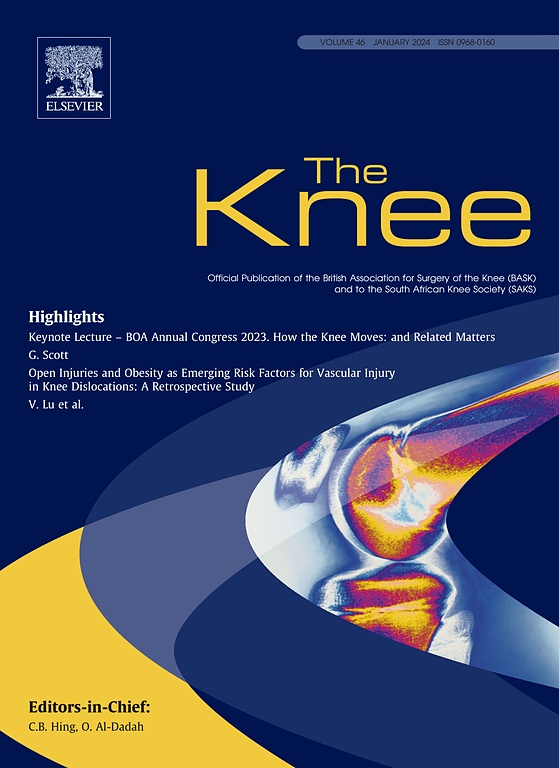
Quadriceps-sparing TKA reduced time to discharge vs standard minimally-invasive approach

Quadriceps-sparing TKA reduced time to discharge vs standard minimally-invasive approach
Minimally invasive total knee arthroplasty; a pragmatic randomised controlled trial reporting outcomes up to 2 year follow up
Knee. 2014 Jan;21(1):189-93. doi: 10.1016/j.knee.2013.07.010. Epub 2013 Aug 2.Synopsis
102 patients undergoing total knee arthroplasty (TKA) were randomized to receive either a minimally-invasive quadriceps-sparing (MIS) approach or the standard medial parapatellar approach. Clinical, functional and radiological outcomes were compared during the immediate postoperative period and again at 2 years. Results indicated that patients treated using the MIS technique experienced significan...
To view the full content, login to your account,
or start your 30-day FREE Trial today.
FREE TRIAL
LOGIN
Forgot Password?
Explore some of our unlocked ACE Reports below!

Learn about our AI Driven
High Impact Search Feature
Our AI driven High Impact metric calculates the impact an article will have by considering both the publishing journal and the content of the article itself. Built using the latest advances in natural language processing, OE High Impact predicts an article’s future number of citations better than impact factor alone.
Continue



 LOGIN
LOGIN

Join the Conversation
Please Login or Join to leave comments.